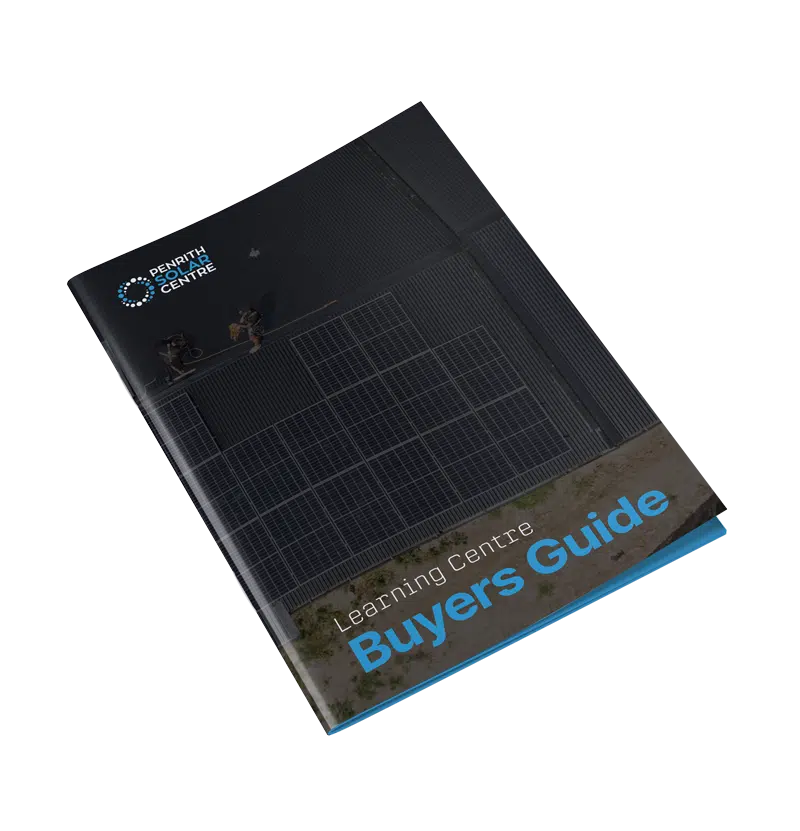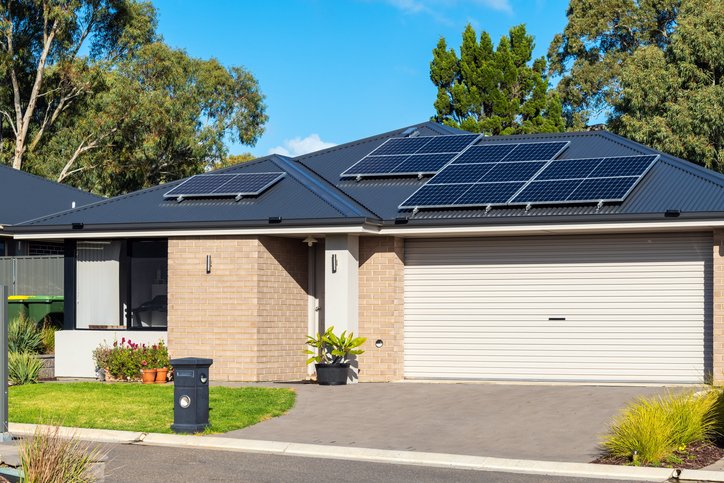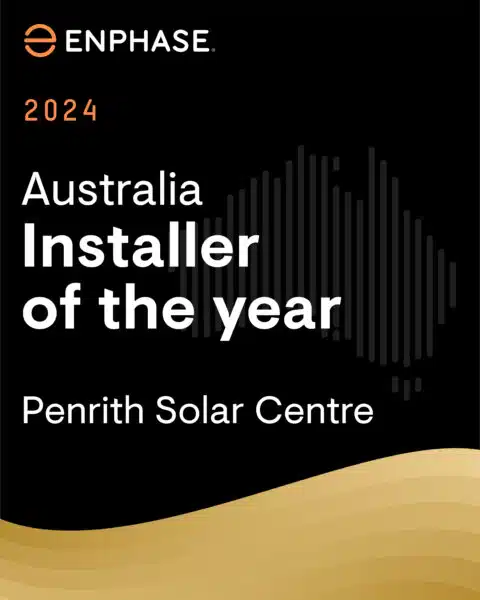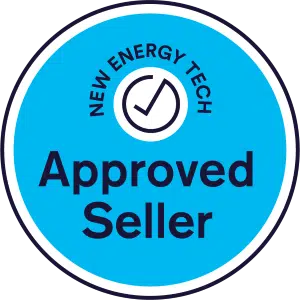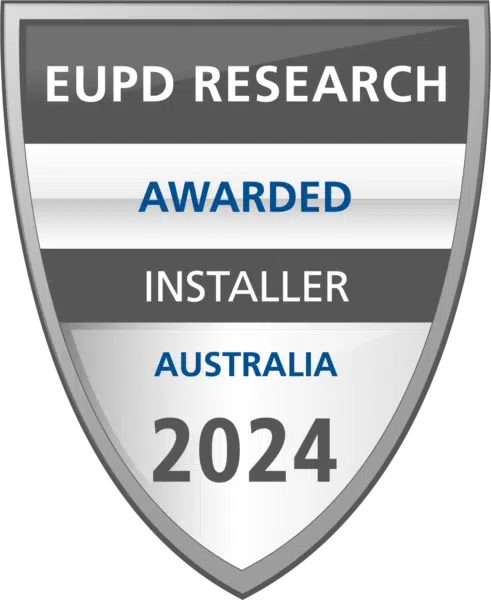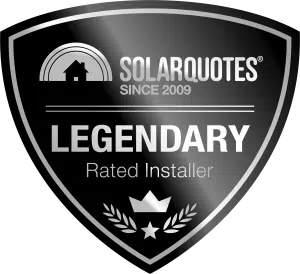
When it comes to solar batteries, the Tesla Powerwall 3 and the Enphase IQ Battery 5P are two of the most talked-about options. They can both be installed as an AC-coupled system, which means they function independently of your solar inverter. This type of flexibility makes each of them a solid choice for most solar systems.
But how do you choose between the two?
At Penrith Solar Centre, we’re experts in these two battery systems; we install them both, every day of the week. They’re both great batteries, but there are enough differences to make one better for your home than the other. We understand that your energy needs and goals are unique, so we’ll work with you to customise the right battery storage for your needs.
But before we get to that, you’ll need to understand the following:
- What Does AC-coupled Mean?
- Tesla Powerwall 3: Features, Strengths, and Weaknesses
- Enphase IQ Battery 5P: Features, Strengths, and Weaknesses
- Side-by-Side Comparison: Powerwall 3 vs. IQ Battery
By the end of this article, you’ll have the information you need to decide which solar battery is best for your home and energy goals.
What Does AC-coupled Mean?
Solar panels generate electricity as direct current (DC). Your home and the electrical grid both use alternating current (AC) electricity. The inverter (or microinverter) in your solar system converts that electricity from DC to AC.
An AC-coupled battery connects to your home on the alternating current (AC) side of this conversion, not directly to the solar panels. This design allows it to work independently of the solar inverter.
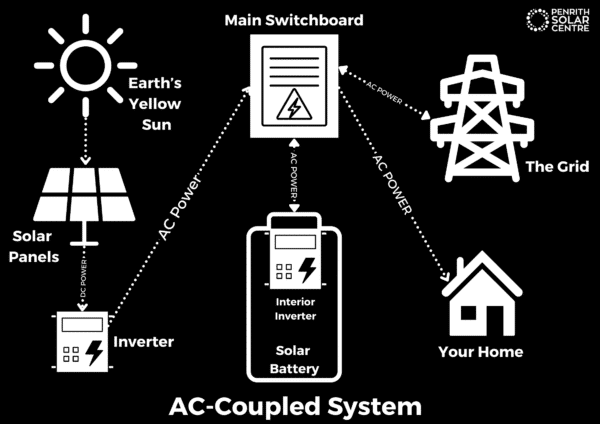
The Enphase IQ Battery is AC-coupled by design. The Tesla Powerwall 3, however, can be installed as either an AC-coupled battery or it can be installed as DC-coupled, being fed directly from the solar panels. This is because it has a hybrid solar inverter encased within it.
For simplicity’s sake, this is going to be an AC-coupled comparison. Because both can be installed as AC-coupled, that’s what we’re looking at today.
If you’re interested in reading up on how an Enphase microinverter system compares to Powerwall 3 when it’s installed as a DC-coupled system, we recommend you check out the following article titled, Enphase Microinverters vs. Tesla Powerwall 3: Which Solar Panel System is Right for You?
Advantages of AC-coupled Batteries:
- Flexibility: AC-coupled batteries work with most solar systems. Whether you already have panels installed or plan to bundle them all together, these batteries integrate easily without requiring major changes to your system.
- Retrofit-Friendly: If you have an older solar inverter or older system, an AC-coupled battery works without needing a complete system upgrade. This makes it ideal for homeowners looking to add storage to an existing solar array.
Now that we’ve got that out of the way, let’s take a look at how Powerwall 3 compares to the IQ Battery.
If you’re interested in learning a bit more about AC-coupling a battery, you might want to check out the following article titled, AC-coupled Battery vs. DC-coupled Solar Batteries.
Tesla Powerwall 3: Features, Strengths, and Weaknesses
The Powerwall 3 is the third iteration of Tesla’s popular battery storage system. It’s designed to work within the Tesla ecosystem but can be added to any solar installation when AC-coupled.
Key Highlights
- Storage Capacity: The Powerwall 3 offers a storage capacity of 13.5kWh. This is enough to power a home for an evening during a blackout.
- Power Output: The Powerwall 3 offers a maximum continuous power output of 11.04kW. This high capacity allows it to support multiple household appliances simultaneously, making it suitable for homes with significant energy demands. It’s so powerful that it will be capped by your installer at 10kW so as to stay within grid regulations.
- Warranty: Tesla guarantees unlimited cycling for 10 years of normal use as long as it’s connected to the internet.
- Scalable: Currently, four Powerwalls can be connected together to increase storage capacity. In the first quarter of 2025, up to 16 Powerwalls can be connected to increase your storage capacity to 216kWh.
Strengths
Consumption Monitoring: Powerwall 3 comes with a monitoring app that you can use on your phone to program and chart your energy use. The app is exceptionally easy to use and intuitive. Through the app, you can monitor energy usage, check battery levels, and optimise performance in real time. This streamlined integration is especially appealing to tech-savvy users or those already invested in Tesla products like electric vehicles.
Backup Power: The Powerwall 3 provides automatic and uninterrupted backup power during outages. When the grid goes down, the system immediately kicks in without the homeowner doing anything.
Installation: Tesla has engineered a special trolly to make installation easier for crews. In fact, the trolly is designed to be used by one person working alone. Weighing in at 130kgs, this speeds up installation which reduces labour costs.
Weaknesses
Central Point of Failure: Unlike the IQ Battery, the Powerwall 3 has a single point of failure: its built-in inverter. The inverter works constantly to convert power between AC and DC since the battery can only store direct current (DC) electricity. It also handles feeding power back to your home when needed. If the inverter malfunctions, the entire Powerwall will stop working until the issue is repaired or the inverter is replaced.
Unused Storage: While it offers a stunning 13.5kWh of energy storage, this is overkill for some homeowners and solar enthusiasts. If you have low energy demands, it might feel like you’re overpaying for unused storage.
However, it’s important to remember that energy needs are increasing with the arrival of electric vehicles and smart home appliances. That extra energy might be useful in time.
Price: When installed as an AC-coupled option, the price is higher than the value offered when DC-coupling the battery and pairing it with solar panels.
If you’d like to learn more about Tesla products, we recommend you check out the following article titled, Tesla Powerwall 3 Review: An In-Depth Look at Tesla’s New Solar Battery.
Ready to go solar? Click here.
Enphase IQ Battery: Features, Strengths, and Weaknesses
The Enphase IQ Battery is an energy storage system designed to pair seamlessly with Enphase microinverters. It offers a lot in terms of flexibility, capacity, and adapting to different energy needs.
Key Highlights
- Capacity: The IQ Battery provides 5kWh of storageper unit, making it suitable for small to medium energy needs. For households with larger demands, multiple units can be combined for expanded storage. You can start with one unit and add more as your energy needs grow, making it a cost-effective choice for those who don’t want to overinvest upfront.
- High Power Output: The IQ Battery can deliver up to 3.84kW of continuouspower and 7.68kW of peak power for short bursts. This high output makes it capable of running several appliances simultaneously during outages or peak usage periods.
- Warranty: The IQ Battery is rated for 6,000 cycles or 15 years, whichever comes first. This ensures reliable performance over its expected lifespan, which completely smokes all other battery warranties in its class.
- Scalable: The IQ Battery’s setup allows homeowners to expand their storage capacity over time by adding more units. Up to 16 can be combined for a total of 80kWh, which is a lot of energy.
Strengths
Consumption Monitoring: Like Powerwall 3, Enphase offers its own monitoring system. It’s free with the purchase of an IQ Battery. The system integrates with the Enphase app, allowing users to monitor energy production, consumption, and storage in real time. It also provides insights into system health and performance at the panel level.
Integrated Microinverters: The guts of the IQ Battery are very different from other solar batteries. Each unit comes with 6 of Enphase’s built-in microinverters, handling the conversion of energy from AC to DC and back.
The real advantage of having six enclosed microinverters is that the battery will continue to function if one of those microinverters stops working. There are five more handling the charging and discharging of the battery until it’s replaced. This is the art of decentralization.
Weaknesses
Lower Capacity Per Unit: The IQ Battery’s 5kWh capacity may not be sufficient for larger households or homes with high energy needs unless multiple units are installed. This will increase costs for those requiring more storage.
If you’re interested in learning a bit more about IQ Batteries, you might want to check out the following article titled, Enphase IQ Battery 5P Review.
Side-by-Side Comparison: Tesla Powerwall 3 vs. Enphase IQ Battery 5P
In order to level the playing field a bit, we’re going to stack two IQ Batteries together. This makes it a fairer comparison between the two. They’re relatively well-matched in terms of what they offer when you stack the IQ Battery.
Here’s a handy chart that showcases the features of each battery:

If you’re interested in learning a bit more about the ins and outs of solar batteries, you might want to start with the following article titled, 7 Considerations for Choosing a Solar Battery.
Start saving with solar today.
Which Battery is Right for You?
Choosing between the Tesla Powerwall 3 and Enphase IQ Battery 5P depends on your energy needs and system compatibility.
- Choose the Powerwall 3 if you need high capacity, want a seamless backup solution, or already use Tesla products. It’s a great choice for homes with large energy demands or those wanting a long-term, powerful storage system.
- Choose the IQ Battery if you prefer a scalable system or have an existing Enphase solar setup. It’s a cost-effective option for smaller homes or those looking to expand their system over time.
At Penrith Solar Centre, we only install what we put in our own homes. Both of these batteries are great options, and we happen to install both of them.
By understanding your energy needs, budget, and compatibility requirements, you can confidently choose the battery that works best for you. Penrith Solar Centre is here to help you when you do.
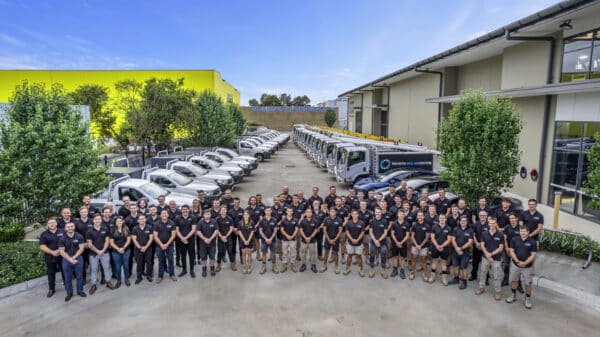
If you’d like to learn a bit more about what solar batteries are on the market, you might want to check out the following article titled, 6 Best Solar Batteries on the Market.
